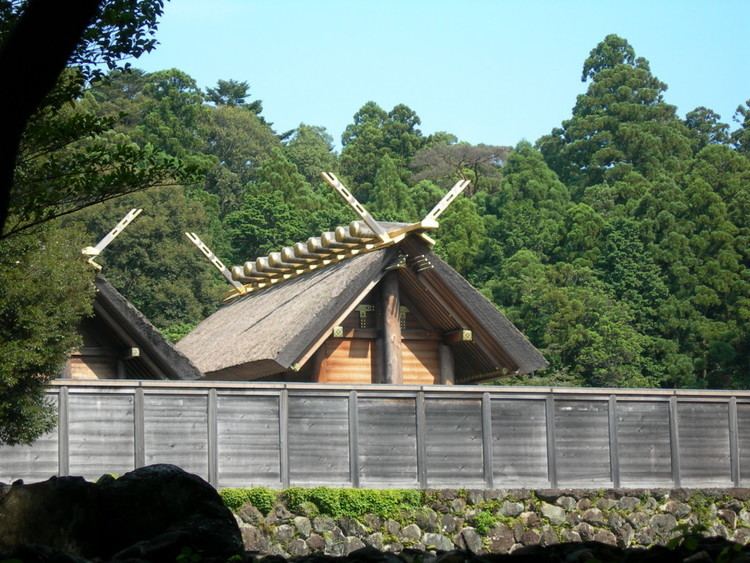645–650 Taika 686–686 Shuchō 704–708 Keiun Start date October 1345 | 650–654 Hakuchi 701–704 Taihō 708–715 Wadō | |
 | ||
Jōwa (貞和) was a Japanese era or nengō which was promulgated by the more militarily powerful of two Imperial rival courts during the Era of Northern and Southern Courts (南北朝時代, nanbokuchō jidai). This nengō came after Kōei and before Kannō and lasting from October 1345 through February 1350. The emperor in Kyoto was Emperor Kōmyō (光明天皇, Kōmyō-tennō). Go-Kōgon's Southern Court rival in Yoshino during this time-frame was Emperor Go-Murakami (後村上天皇, Go-Murakami-tennō).
Contents
Nanboku-chō overview
During the Meiji period, an Imperial decree dated March 3, 1911 established that the legitimate reigning monarchs of this period were the direct descendants of Emperor Go-Daigo through Emperor Go-Murakami, whose Southern Court (南朝, nanchō) had been established in exile in Yoshino, near Nara.
Until the end of the Edo period, the militarily superior pretender-Emperors supported by the Ashikaga shogunate had been mistakenly incorporated in Imperial chronologies despite the undisputed fact that the Imperial Regalia were not in their possession.
This illegitimate Northern Court (北朝, hokuchō) had been established in Kyoto by Ashikaga Takauji.
Change of era
In this time frame, Kōkoku (1340-1346) and Shōhei (1346-1370) were Southern Court equivalent nengō.
